Kendo, which is translated as the “way of the sword” is a Japanese martial art that is very physically demanding, fast-paced and exciting to watch. Kendo has developed from traditional techniques known as kenjutsu and is one of the modern Japanese martial arts and although it may appear similar to fencing, kendo differs significantly as both the sword and the movements are different from western style fencing.
Swordsmanship in Japan dates back to the earliest samurai times and kendo traces its roots back nearly 1,000 years to the Kamakura period. Samurai swordsmen established schools for training in kendo with very strong Zen Buddhist influences, which lasted centuries and these concepts and schools paved the way for modern kendo.
Bamboo practice swords and the protective armor were introduced around the seventeenth century and this advance in equipment made the use of full force hits and thrusts without injuring the opponent possible. The introduction of this equipment along with formalized practice formats is considered to be the base of modern kendo as it is practiced today.
Kendo equipment includes the shinai, a sword made of bamboo strips held together with leather thongs and bogu, which makes up the protective armor needed to practice kendo. Kendo practitioners are known as kendoka or kendoshi will also use a wooden sword called a bokken to practice formal set forms, known as kata. Kendoka traditionally wear a kendogi jacket and wide-legged pants, which are known as hakama under their protective armor. A kendokas armor consists of the helmet (men), gauntlets (kote), chest and groin protectors (do and tare), which serve to protect the wearer at the specific areas where they will be hit in a match.
Kendo is practiced in a dojo or gymnasium as the main requirement for kendo is a polished, resilient wooden floor, as would be used for basketball or volleyball. A wooden floor also makes the distinctive foot stomp (fumikoshi ashi) used by the bare footed kendoka possible.
In kendo, there are strikes, which would be cuts were actual swords to be used, and thrusts, allowed only on specific areas of the body, which are designated as targets. The areas targeted are the top of the head (men), the upper left and right sides of the head (sayu-men and yoko-men), the right wrist at any time (kote), the left wrist when it is in a raised position and the left and right sides of the body (do). Thrusts are only allowed to the throat (tsuki), but due to the danger involved in an improperly performed thrust, thrusts are generally restricted to senior kendoka.
In competition, points are awarded for hitting one of the specific target areas with the shinai. Merely hitting the target is not enough for a point to be awarded; the attack must be made decisively and correctly with one’s spirit, body and sword working as one in the eyes of the referees. To garner a point, the kendoka’s shinai must hit the target, the shinai must hit at the same time as the attacker’s foot stomping the floor and the kendoka must shout loudly (kiai) to display strong spirit. To make things more difficult, only a hit made by the upper third of the shinai counts and the overall movement of the shinai must be correct in terms of form. There are typically three referees officiating, each holding a red and white flag corresponding to a ribbon that each competitor is wearing which is raised when a point is to be awarded. For a point to be awarded at least two of the referees must agree that the strike was correctly performed and two points are generally needed to win a match.
With more than eight million kendoka in the world with around seven million in Japan alone, there is no place better than Japan to take up this physically and mentally challenging activity. There are countless dojo and kendo clubs practicing in schools and community sports centers and many groups are willing to take on beginners. For general information on kendo, the All Japan Kendo Federation has information on rules, books and videos. If you are interested in giving kendo a shot, the Tokyo Kymeikan Kendo Dojo is a good place to start (www.bekkoame.ne.jp/~kyumeikan/homenglish.htm).
Story by James Souilliere
From J SELECT Magazine, September 2008

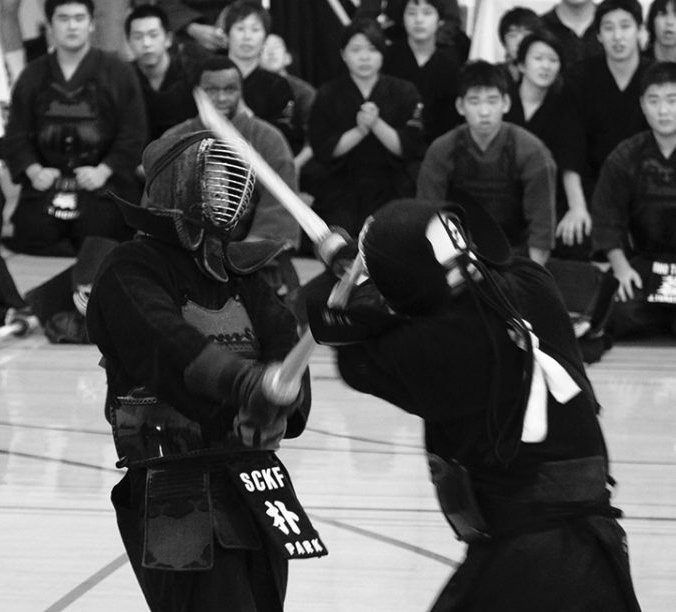

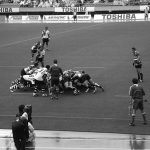

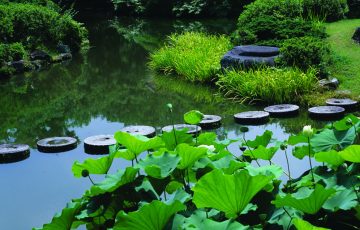
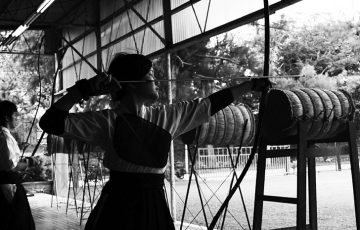
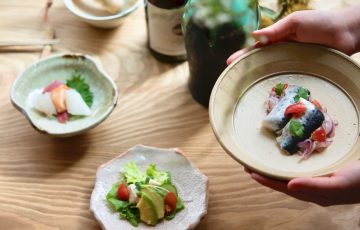
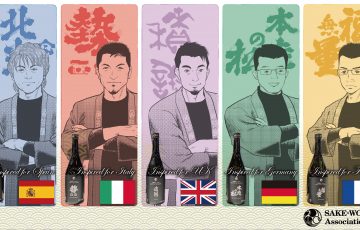

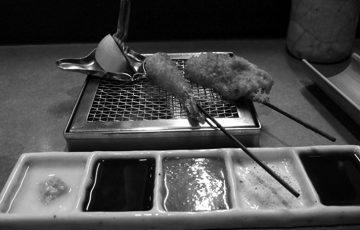
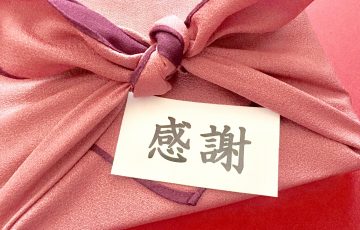



Recent Comments